The Old Vines of To-Kalon: MacDonald & Detert
A Visit to MacDonald & Detert
Oakville, Napa Valley
For the longest time, I have wanted to see for myself the To-Kalon vineyards, to be surrounded by its treasured vines and walk its hallowed soils. I wanted to experience first hand what it is about this particular vineyard that makes the wine produced from it so famous. Should it be the most famous vineyard in all of America, as many think it is? Many of America’s most lauded wines from the past 150 years have come from this vineyard. I finally had my opportunity to find out.
The term To-Kalon is Greek and was given this name by its original owner, Hamilton Walker Crabb. He expressed the term To-Kalon meant “the highest beauty or the highest good, but I try to make it mean the boss vineyard”. Mr. Crabb purchased three Oakville properties in 1868, 1881, and 1891 that would make up his vast viticultural and orchard empire, and which today is almost entirely legally included in the To-Kalon Vineyard designation. More on Mr. Crab later, but his wines were renowned in his era as one of the best from America. In fact, I am using here in this article, his original spelling with the “-“, wheras to day the spelling is in two parts with no hyphen “To Kalon”.
I knew To-Kalon was huge, but had no idea just how big it was. Immediately, after reviewing some keen research for this visit, I found this would be impossible to do in its current form in one day, let alone maybe in a month as the To-Kalon Vineyard is enormous at a staggering 678 acres.
The 3 To-Kalons
The current legal borders of the 678-acre To-Kalon Vineyard encompass almost the entirety of the western side of the Oakville AVA west of highway 29, that runs north-south, to the foothills of the Mayacamas as its western edge. The only significant and contiguous section not included in this western quadrant of Oakville runs from Dwyer Road south to the AVA border with the Yountville AVA. The Robert Mondavi Winery is the northern border of both To-Kalon and Oakville. Visually from a map, it appears about 35% of Oakville west of highway 29 is not To-Kalon, but those figures are a very rough visual estimate as I was unable to get a figure that speaks to this. Regular land versus planted vineyard land are two very different things.
The famous grape grower Andy Beckstoffer believes To-Kalon should be smaller. Mr. Beckstoffer believes that it should only be defined by the 359 acres of the first 2 purchases that contained the original vineyard planted portions of To-Kalon. This is of course where his vineyard lies at 89 contiguous acres. These plots also did not extend fully to the western edge of the Oakville AVA.
The third and for me the most convincing version of the original To-Kalon Vineyard are the three sections of contiguous property the original owner, Hamilton Walker Crabb, purchased in 1868, 1881, and 1891 (500+ land acres). These 3 sections made up approximately 403 Oakville vineyard acres and encompass all of Oakville AVA’s western edge, the section Mr. Beckstoffer left out of his definition of To-Kalon’s borders.
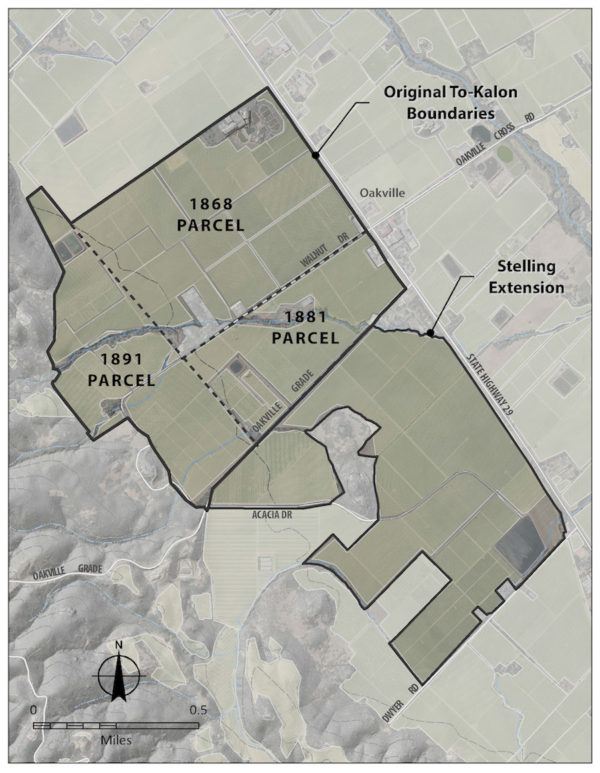
To Kalon and its parcels after the Stelling extension. Map Credit to Matt Stamp and GuildSomm.
The Producers
Over the years, what I have learned about To-Kalon Vineyard, besides making up almost the entirety of the western section of the Oakville AVA, is that it is divided into many large and small sections, each farmed differently depending on who’s grapes are destined to make which wine.
Each producer farms their sections of the To-Kalon to their technical specifications to create their own American Grand Cru wine. I think that when you talk of To-Kalon, the next question is always, what section of To-Kalon is the wine from?
Of its 678 vineyard acres, only 6 entities own To-Kalon vineyard land, while only about 30 or so wines are labeled with some form of the To-Kalon name. Though legally it can only be “To Kalon” if from the Mondavi copyright of the name, so most are labeled as “Beckstoffer To Kalon”, or there is no mention of To-Kalon. Many more wines are made with To-Kalon fruit, but is the facts are not disclosed for marketing, pricing or legal reasons. I’d venture to guess that dozens of good quality generic “Napa” AVA wines have some To-Kalon juice in them, especially those made by people that already have a connection to the vineyard like Constellation/Mondavi or many of the Beckstoffer clients.
It seems that there is enough size and diversity to give To-Kalon its own AVA. With its internal soil and site diversity, in my mind, it can make sense if thought out correctly. Unfortunately, all To-Kalon is today from a codified point of view is a marketing trademark of a large corporation (Constellation).
What Makes up To-Kalon Terroir?
To-Kalon is huge, and in many respects, the variance in soils, grade, and other subterranean influences impact the kind of wine made from the vineyard as a whole. The physical distinctions are subtle, and not readily seen with the naked eye as the grade can be slight, the soil differences are mostly due to gravel composition which does not sit at the surface, and the underground water sources. They all share copious amounts of sunshine and Mediterranean temperatures. Though, let’s also not forget the hand of man in the form of viticultural practices like vine age, spacing, and training, as well as the kinds of rootstocks and clones.
Some parts of To-Kalon have subterranean water sources in the form of ancient creeks that carry mountain runoff, some have creeks above ground, both in drought years are important but eventually run dry in the growing season. Other Tokalon sites are densely packed with gravel stones and loam, while others are mostly loam. Some sites are trained densely and low to the ground, while others are planted further apart and are trained high off the ground. Some growers use unhealthy products in their vineyards, while some (few) practice fully organic practices. Some sites are on alluvial fans and are the best as they are densely studded with gravel as the major percentage of the soil composition, though most sites in Tokalon are not on these alluvial fans. What most of the To-Kalon sites do have in common is their vine youth. There are no vieilles vignes (VV, or French for old vines), save for a few small acres, amounting to 3 tiny sites within the old Crabb version of To-Kalon.
The oldest To-Kalon vines are some of the oldest in the Napa Valley. The oldest To-Kalon vines are the Mondavi I-Block Sauvignon Blanc at 73 years old (planted in 1945). The second oldest To-Kalon vines are the senior patch Cabernet Sauvignon in the MacDonald vineyard at 64 years old (planted in 1954). The second oldest MacDonald vines, Cabernet Sauvignon planted in 1973, make up a large proportion of their vineyard. At 45 years old they are older than most other Napa Valley vines. The ‘East Block’ Cabernet Franc vines at Detert that were planted in 1949 were replanted in 1979, making them 39 years old this year. In case you were wondering, the oldest vines in Napa Valley are the I-Block mentioned above and the tiny portion of Rutherford AVA old vine Cabernet Sauvignon vines left in the J.J. Cohn vineyard that go into the Scarecrow wine (also planted in 1945).
My Objective (The Point)
Earlier in the year, I had read the great GuildSomm article on To-Kalon, “The True Story of To-Kalon Vineyard”, and was blown away by the amount of history in this vineyard. After reading it, I had to go and see Detert and MacDonald for myself. I was after the two sites with the oldest To-Kalon Cabernet vines, one portion a half acre of Cabernet Sauvignon, with the other section the oldest Cabernet Franc vines in Napa. The Cabernet Sauvignon vines are some of the biggest, most contorted, and downright beautiful vines I have ever seen. If you have ever seen the old vines at Vega Sicilia, these remind me very much of those gorgeous senior citizens.
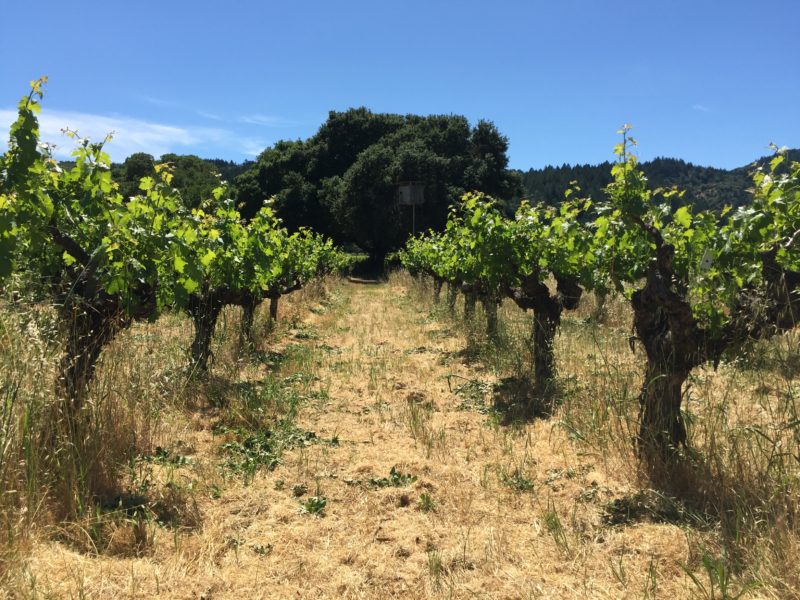
MacDonald old vine Cabernet Sauvignon – 1
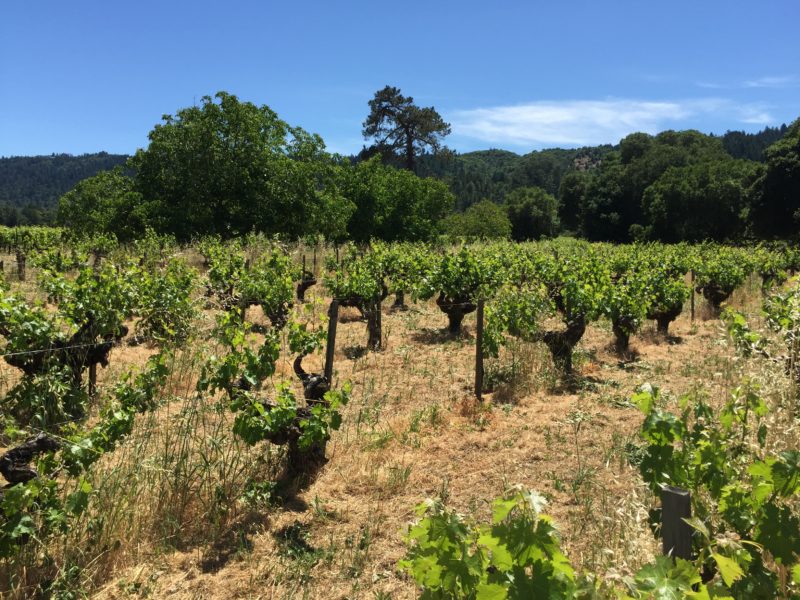
MacDonald old vine Cabernet Sauvignon – 2
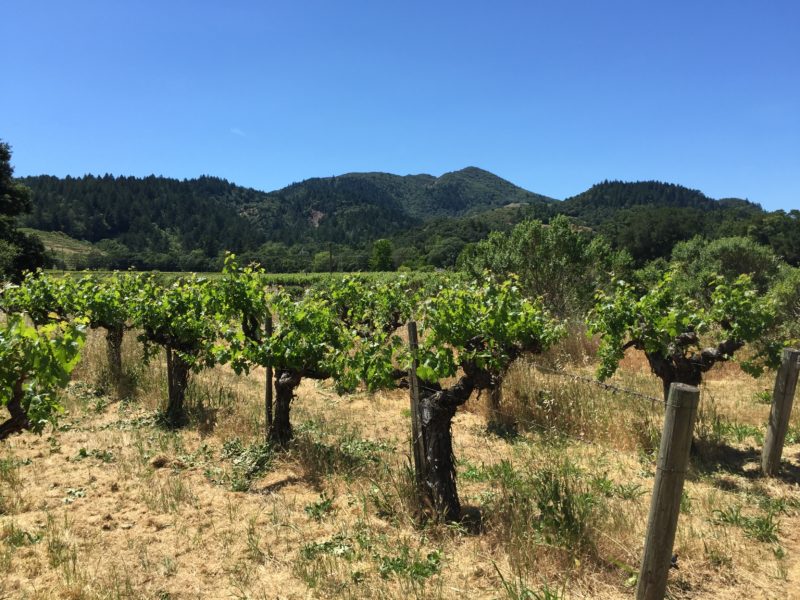
MacDonald old vine Cabernet Sauvignon – 3
I set my entire morning to meet at MacDonald and then neighboring Detert, two family operations that have been at it in Napa for four generations, harking back to the days when Napa was an extremely rural place for getting away from the big city. An interesting fact from the GuildSomm article I learned was that the Detert (Garret) and MacDonald families are related and originally were under one family with one vineyard of both varietals. The patriarch, Hedwig Detert, led her family here for retirement but ended up in the grape growing business. In 1954 Hedwig purchased 50 acres of To-Kalon from the estate of the recently deceased owner Martin Stelling. As the baton passed to the next generations, they eventually decided to split the property as the families grew. The section of vines having the old vine Cabernet Franc went to the Detert side of the family, while the MacDonald’s had the old vine Cabernet Sauvignon. (Yes, the idea of a super-cuvée between the two was brought up by me at my visits.) Throughout it all though, a good portion of the fruit is sold to Robert Mondavi. So, while the fourth generation are keeping that connection to the past, they are simultaneously forging a new legacy for the family by making some of the best wines in the Napa Valley. As time goes on hopefully they can get more of the fruit for themselves to increase their own production.
A Little More History…
Many people think Robert Mondavi made To-Kalon famous, and in the modern era that is true. But, as I indicated above, To-Kalon was created by Hamilton Walker Crabb in 1861 and the ‘To-Kalon’ wines were very popular among the finest restaurants of that time in the big cities of America like New Orleans, San Francisco, Chicago and New York. In 1899 Crab died and his descendants had to relinquish the entire property to public auction in order to pay off the massive debts incurred by Mr.Crabb’s viticultural empire. The next 40 years saw the Churchill family take control, doing little but to try and continue the legacy of Mr. Crabb. However, without the galvanizing Crabb and then Prohibition, the company and vineyard died from a slow bleed and eventual fire in 1939 that wiped the land clean of Crabb’s winery. The next prominent owner was Martin Stelling, who by 1950 was able to rejoin almost all of Crabb’s old parcels and extended its size by adding a large portion to the south, almost doubling its size. In true Shakespearean fashion, tragedy again struck a To-Kalon owner with Stelling’s early death in an automobile accident in 1950.
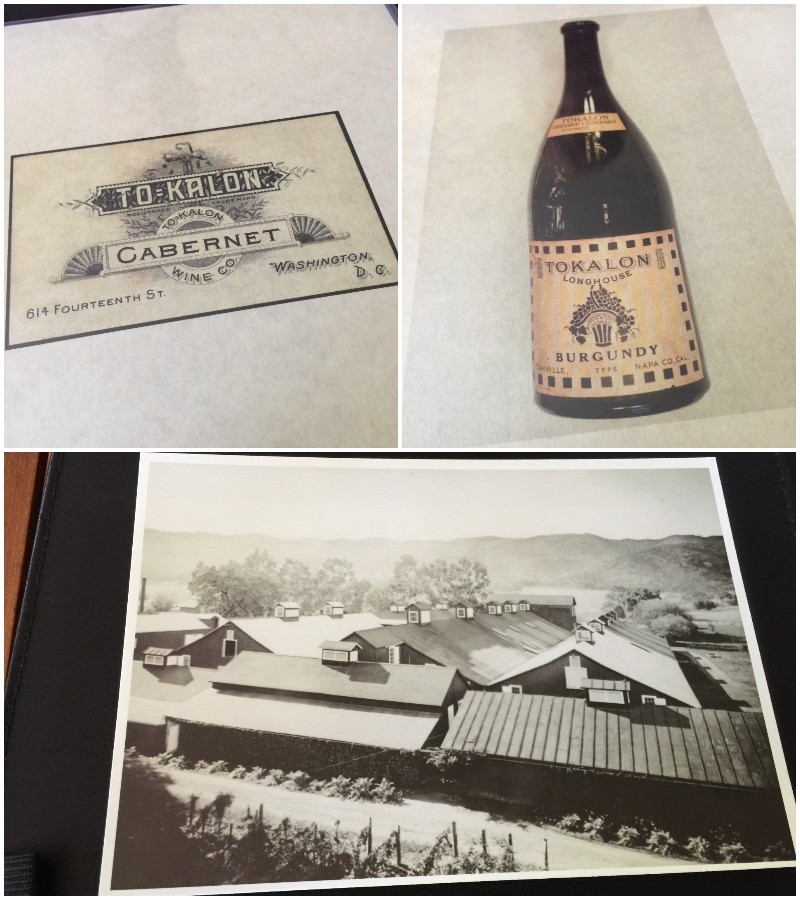
Old Crabb To-Kalon wine labels. The Burgundy was actually either Italian Refosco or Mondeuse, not Pinot Noir according to the great article on the SommGuild website “The True Story of To-Kalon Vineyard”. The bottom photo is the Crabb winemaking complex, majorly impressive even by today’s standard for size, it burned to the ground, closing the door fully on the Crabb chapter in To-Kalon.
Over the next 2 decades, portions were carved up and transferred hands multiple times, setting the stage for the modern day owners. The MacDonald and Detert vineyards were once just one site and purchased by their patriarch, Gunther Detert in 1954. In 1968 Robert Mondavi acquired the 325 acres his family’s company Charles Krug acquired in 1958. Beckstoffer Vineyards purchases it’s To-Kalon Vineyard in 1993 from Beaulieu, who originally acquired it in 1943 from the remnants of the Churchill estate (89 acres). Opus One purchased the southernmost portion of vineyards from Mondavi in 1981 (35 acres) and leases a large tract from Mondavi (now Constellation) adjacent to the Beckstoffer and MacDonald vineyards.
Initially, Mondavi believed using the name To-Kalon on the wine labels would confuse the consumer. Over time, however, Mondavi changed his tune and started to brand the wines with the To-Kalon name with great success. In fact, it was believed Mondavi was so enamored with the fruit from the MacDonald and Detert vineyards he used it in both the Reserve Napa Valley Cabernet Sauvignon bottling and initially the Opus One blend. To this day, it is believed that about half of the fruit from MacDonald and Detert make up the current vintages of Robert Mondavi Reserve Cabernet Sauvignon (now called the To-Kalon Reserve). While the Mondavi winery still purchases fruit from MacDonald and Detert, each year more of the fruit is making its way into bottles bearing the labels of Detert and MacDonald.
Robert Mondavi used to call this section his favorite part of To-Kalon, even more than the To-Kalon sites that he himself owned. Why? Because the fruit was so consistently excellent in quality, vintage after vintage. The unfortunate irony is that the vineyards of MacDonald and Detert are not allowed to be called To-Kalon because of a trademark protection that Mondavi created. Though a recent decision was granted that could open the door to MacDonald being able to use the term “To-Kalon Creek” on its labels, which is the name of the creek that runs through their vineyard. It only makes sense because if you look at a topographical map of the To-Kalon vineyard and the MacDonald/Detert sites, they are a natural extension of the To-Kalon, continuous and congruent to contours of the land and more importantly originally part of the property owned by Hamilton W. Crab.
MacDonald Family Vineyards
I arrived at MacDonald first, having never stepped foot in the To-Kalon, I did not know what to expect. Driving up the unmarked road I was even a little nervous, mixed with the tangible excitement of realizing a long-sought desire. I probably drove by To-Kalon over a hundred times in my travels to Napa and always thought about how the heck one can get into the heart of the vineyard to see all of the different plots and sites. Well, the road was right there in front of me and I was living in the moment, with my head turning right and left to check out the different plots, noticing how the different training methods made the vines look so different. As I pulled into the road to MacDonald, I caught my first glimpse of the old beastly vines and knew I was in the right place. Alex MacDonald met me in the backyard yard of the family house on the property, he and his brother Graeme (the winemaker) were there hanging out playing with Graeme’s daughter who was playing in a sandbox. I immediately thought, “man, these guys are like my age, maybe a little younger even.”
Alex and I set forth to the younger vine section of the vineyard with Honeybee, the family Golden Retriever, over to the Northeast corner of their vineyard as you can get a great viewpoint of the different sections of the vineyard like a panoramic photo. Alex pointed out the different sections of age and their familial neighbors Detert. He pointed out the mountains and the slope working its way east grading ever so gently away through the vineyard. We walked in a circle around the property, stopping here and there to talk about the vines, cover crops, geology, and history. We talked about yields, irrigation, or the lack of irrigation in the case of the dry-farmed old vines. You truly can’t appreciate the terroir of this vineyard without setting foot in it and learning about its soil compositions and how it was created.
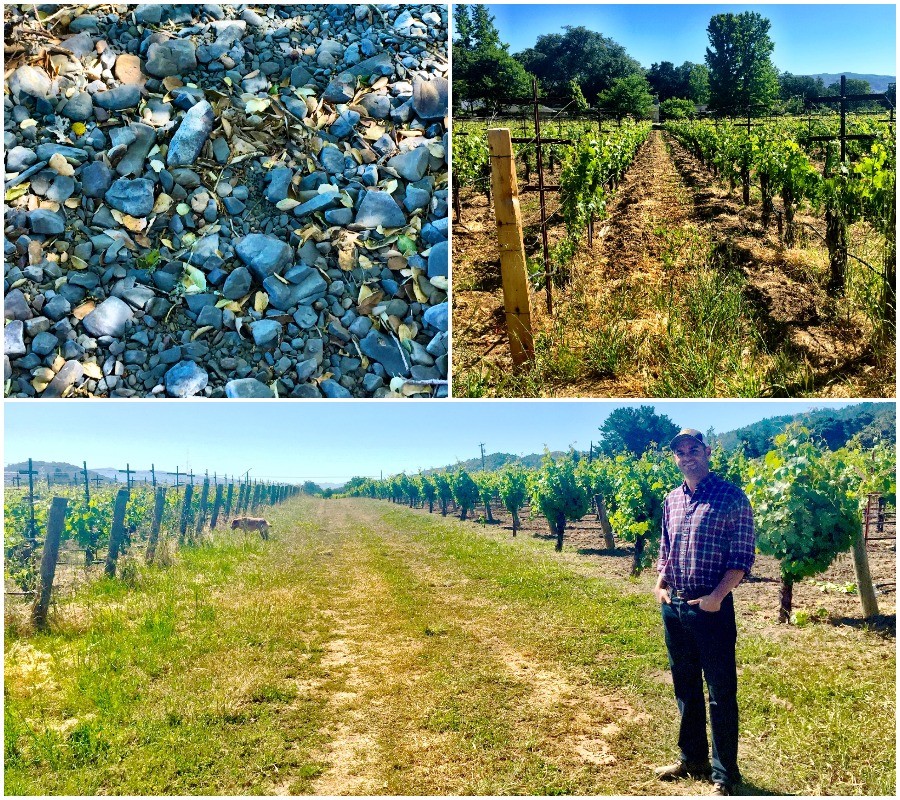
To Kalon terroir: the stones that litter the bed of the newly named “To Kalon Creek” are also the same stones that make up to 90% of the soil density in the MacDonald vineyards. A healthy cover crop to allow for some moisture to escape, and eventually get tilled into the soil for vine nutrients. Alex and Honeybee walking me on the border of the MacDonald Vineyard’s young vines (left) and Detert’s East Block vineyard (right).
I had my doubts, terroir is not something that Napa readily shows visually or immediately in many of the wines that are made there, well at least not in the way one can see it, smell it and taste it in the old world. But for sure, here, in this place, the terroir is there. The mountains above the vineyard are where much of the gravel stones that reside in the vineyard soils came from. Washed down the hillsides over thousands of years. It provides water and nutrients in natural runoff from the hillsides. The terroir is in the slope that grades perfectly away from the foothills east to highway 29, gently rolling lower as you get closer to the Napa River in the middle of Oakville. It’s in the alluvial fan thick with gravel stones that in some places makeup to 90% off the soil composition. Yes, NINETY percent!
As we rounded the turn past some gorgeous middle aged 40-year-old vines to check out the oldest vines, we came upon the creek that runs underneath the vineyard, mostly as a slow dribble in the dry months of the growing season. In the 80’s Mondavi buried the creek and manually placed in metal tubing to make sure it stabilized the vineyards around it and above it. The creek bed is made up of the gravel that is contained in the vineyards with blue, light and dark grey, red, brown and white stones. It’s these stones that are the biggest contributor of terroir in this section of the To-Kalon, it’s the soil!
As we came upon the old beasts, the visual took my breath away. Some of them are so old and twisted they have split and you can see through them. This style of vine training was popular in the early days of winemaking in California, it is called California sprawl where a head trained (goblet style) vine’s shoots grow up to the sky and then they fall back down over themselves and the old wood of the vine. The gravel here is a little less at about 50%. The vineyard is dry farmed as the vines’ roots are so old and deep that no irrigation is needed as the vines get all the nutrients and water it needs in the soils. No green harvesting is needed as these vines are self-regulating and only produce excellent fruit, at a minuscule 3/4 ton to that half acre.
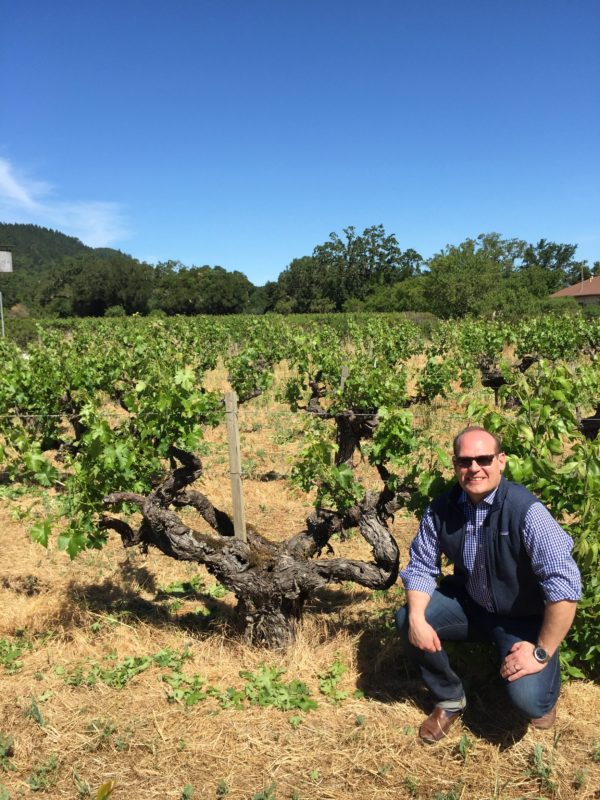
In front of the old vines of MacDonald, that one is called Arnold for its huge arms in the flex pose.
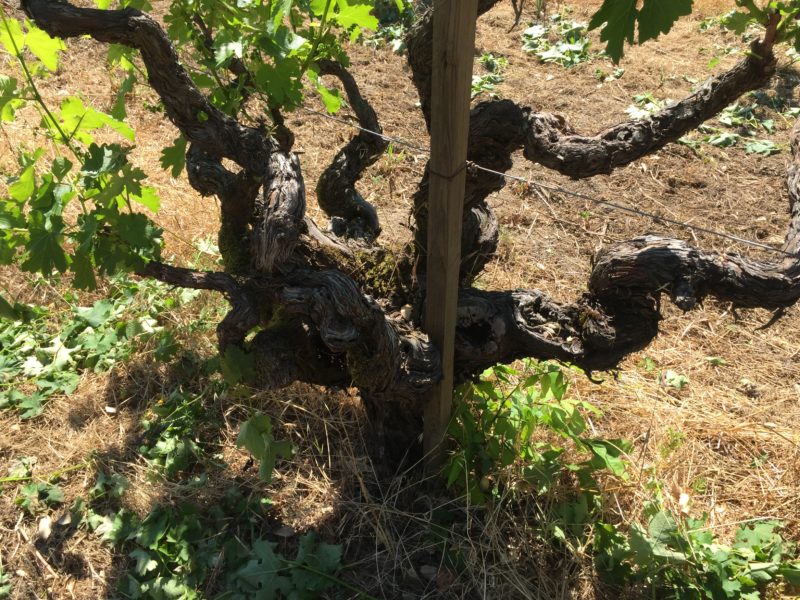
An old, gnarly MacDonald Cabernet Sauvignon vine planted back in 1954, making them 64 this year.
We continued on past the second oldest section of vines at 40 years old. We caught up with the creek again as it worked its way in the direction of the Mondavi winery. We walked right by the Opus One vines, densely packed and low to the ground not so ironically just like Bordeaux. Quite frankly I was surprised at how densely they planted their vines and was surprised to read that they crop out 6 tons per hectare, a massive amount of grapes. Far past it was the patch of old vine Sauvignon Blanc that I previously mentioned, part of the Mondavi section of To-Kalon.
We made our last turn back to the house and inside to talk some more over a glass of MacDonald 2014, sharing stories and looking through historical photos and documents from the 1800s when the To-Kalon was created by Jacob Crabb. Crabb was the first to see the potential of the To-Kalon and owned it all. He named it To-Kalon, which is Greek and translates to “Highest Good”. Crab experimented to find the right grapes that would grow well here. Riesling was successful, as was Chenin Blanc, but the most successful grape he made wine from was Cabernet Sauvignon. To-Kalon wines were renowned in all of the best restaurants in America in the late 1800s. To learn more about the amazing tale of Crab and To-Kalon I suggest you read this essential piece at the Guild of Master Sommeliers. Oh, and by the way that 2014 MacDonald was spectacular, a pure Cabernet wine of finesse and elegance married to a core of fresh acidity and perfectly ripe and firm tannin.
We talked more winemaking and what are some of he and his brother Graeme’s inspirations and who else they worked for past and present. No press wine is used in the production of the wines sold, it is reserved for now and separately bottled for family consumption. 100% new French Oak is used, but you would be hard-pressed to find any edges of that sticking out as it is perfectly integrated into the wine.
I asked what is their ultimate goal and intention, pricing, scale, etc. and I heard back some of the most refreshing answers, and one, in particular, you do not hear much in Napa. Regarding production and scale, what Alex said amounted to the fact they are blessed with a sliver of some of the best vineyard property in the world and seek to only express what the land gives them, what the site will bequeath each vintage and reflect that in the wine. No tricks, no gimmicks, no extra hang time to saturate sugars in the grapes.
I asked about pricing. The wine is not cheap, at $150 on their full mailing list it is not affordable for most folks. But when you compare MacDonald to wines of this pedigree and caliber they are very reasonable as most of the competition sets their prices at 50-100% more at the winery door. I asked if they, like Scarecrow, Harlan, or Screaming Eagle will now push their pricing up as the secondary market sees the price of a bottle of MacDonald at a lofty $400. I was told they will not as that is not what they are about. Many of the people that buy their wines are friends and family that want the wine and they want to keep is somewhat reasonable for them to afford some. They are in their 30’s, so they get it. When the baby-boomers start to disappear from the wine marketplace, I get the feeling Napa and other regions with lofty prices for wines in a less flattering, easy drinking style made to immediately impress are going to run into some trouble. If they do not get to the next level of winemaking that the generations in their 20s-30s, even 40s like to drink, they may find trouble getting these wines to sell.
MacDonald straddles the past and the future, they know how the past was, and they, like many other real locals of young and senior status, like talking about it more and how the old Napa was and more importantly how great the wines were when they were first getting started in the modern era of the 70s and 80s. Try it for yourself, many of the best wines from the 70s and 80s are still drinking great now, albeit in a senior state of maturity showing full on tertiary character as the primary notes with dried and savory fruit being the secondary notes.
Yes, there is now a reality to Napa that has obliterated that innocence of the 70s and 80s. But, that feeling of something new, of adventure, there is innocence in it and I caught it here at MacDonald. Like lightning in a bottle, the story and wines of MacDonald are the truth and I look forward to revisiting here when I am back in Napa and uncorking that lighting at home with my family and friends. So should you.
2014 MacDonald Vineyards Cabernet Sauvignon
Deep ruby core with a vibrant ruby red edge. The bouquet was classic, old school Napa Cabernet Sauvignon, currants, cherry, cassis, and graphite with stone minerality, floral, wild purple flowers, excellent density and precision, fantastic length and mouth florals. The freshness and purity in this young, tightly wound Cabernet tells me this will age a while, so be patient if you can. If you can’t wait, decant for 5-6 hours minimum. Excellent.
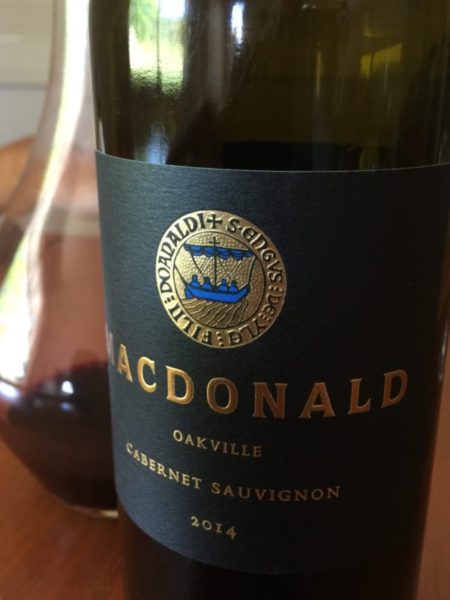
MacDonald Vineyards 2014 Cabernet Sauvignon
Detert Family Vineyards
The plan that morning was to cover both Detert and MacDonald but my afternoon appointment was canceled that morning so I was able to take my time and soak up as much of Detert and MacDonald that morning and early afternoon.
Since Detert is the western neighbor of MacDonald, I made the long 2 minute drive to arrive at a German country styled home tucked under some old oak and taller pine trees that formed a ring around the house that followed the formation of the round elevated knoll the house was built on, seemingly built for the exact purpose of watching over the vines that spread out from there in different directions. Inside was a home designed and styled in the imagination of Gunter’s childhood memories of a German country home with a pretty sweet swimming pool out back. The back patio is perfectly shaded by the tall pines and redwoods that tower over the knoll.
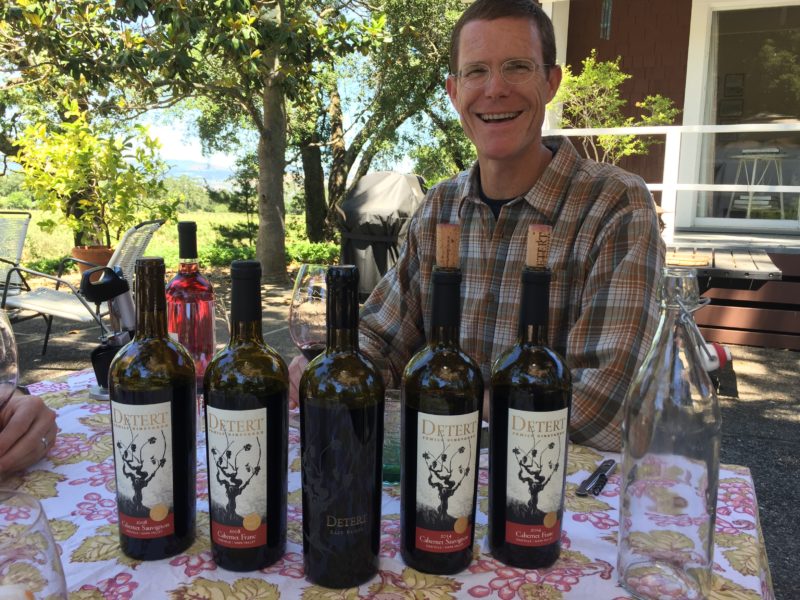
Tom Garrett of Detert Vineyards and our tasting lineup of the 2008s, 2014s, the 2016 Rose and the 2011 East Block Cabernet Sauvignon.
Tom Garret met me out back on the patio with a warm smile, a firm handshake and a towering, friendly, appearance. Tom is a descendant of the Detert family, as well as the winemaker for the wines since their inception. The first commercial vintage was in 2000. Tom walked me over to the old senior Cabernet Franc vines planted in 1979 (39 years old), the oldest of the Detert vines. In fact, the fruit from these vines are what make up the exclusive source of the tiny production East Block wine. The 1979 planting came from the original 1949 Cabernet Franc planting, now known as the Detert Clone of Cabernet Franc.
The old vines are tall and robust, trained directly on the wires these were big vines and they were healthy with vegetation, with shoots and leaves amassed like an elevated bush at 4-5 feet off the ground. We took a peak around the corner at the Cabernet Sauvignon vines that are 20 years old and then at the newer plantings of Cabernet Franc that replaced a section that had fallen ill with red blotch disease which slowly over time inhibits the leaves from photosynthesis, thus killing the vine slowly. MacDonald is also dealing with this and recently replanted an infected block. There is no cure, you just have to prevent it from spreading by removing infected plants and roots.
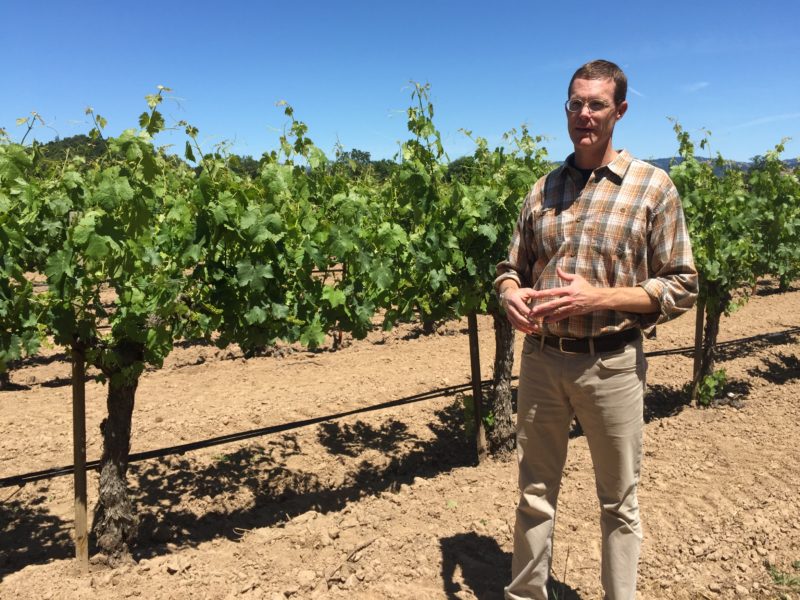
The old vine “East Block” Cabernet Franc in the background behind Tom.
The viticulture philosophy from appearance and conversation with Tom is slightly different at Detert as the vines are trained higher and the rows had less cover crop between them. The surface soil visible between the rows had a hard and crusty appearance, this is essentially a cap of crusty dirt that forms a protective layer to keep the deeper points of moisture in the soil from escaping (think white albariza soils in the Jerez Sherry vineyards). Since much of the Detert vines are on a higher sloped portion of the alluvial fan, water will run away faster so this seems to make sense when you think about it from this perspective. The younger vines at both places are similarly trained on wires at a medium to low height based on their current wood trunk growth.

Detert East Bock Cabernet Franc, note the crusty dirt cap between the vines that helps keep moisture in the ground.
We headed back up to the patio to taste and went through the current 2014 vintage and the 2008 wines, as well as the 2009 East Block (see notes below). The wines were excellent, well made, with an overall impression that the wines are rooted in an older school expression with an ever-so-slight lean to modern. The density and fruit are there, but you do not lose sight of the grape character or the site in the wine. Tom cut his teeth making wine at other Napa wineries and still works with a few when not focused on the Detert vineyards or wines.
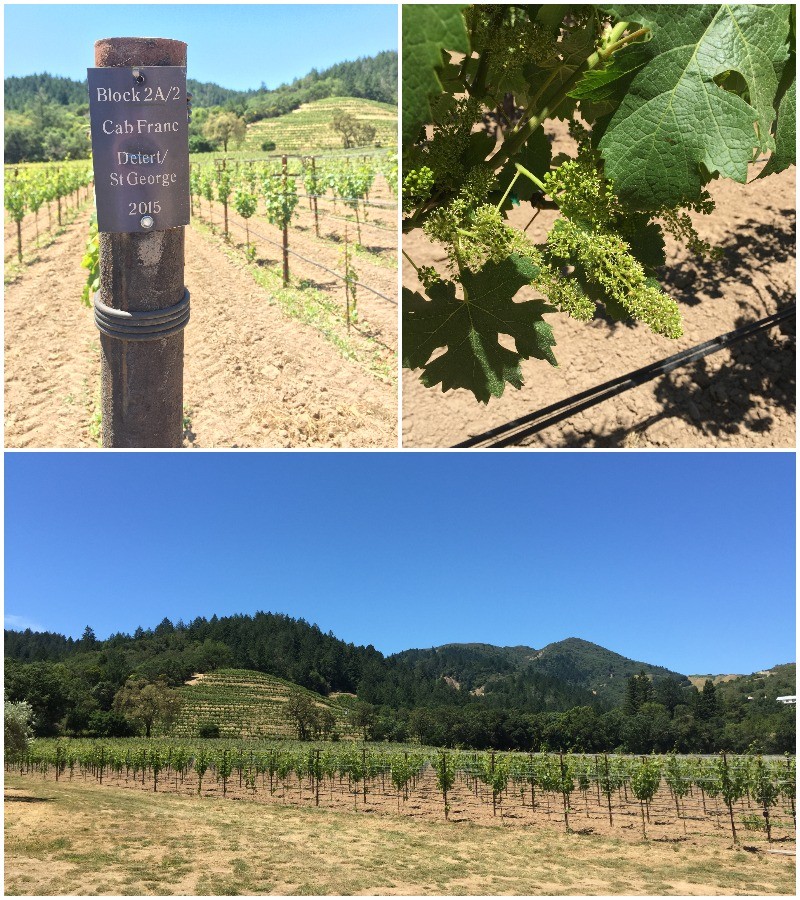
New Cabernet Franc vines recently replanted at Detert Family Vineyards in block 2A/2. A grape bunch in the midst of flowering.
The 2008 Cabernet Franc versus the 2014 was a great comparison. The ’14 showed a multitude of blue and dark red fruit intensity, structure and density. The 2008 was unmistakably more of what you would expect from Cabernet Franc in regards to typicity of that grape, and being older it is naturally more evolved and complex. With the red fruit dialed up as opposed to darker fruit in the younger ’14, there was tertiary capsicum, like a sweet bell pepper, licorice, cracked peppercorns, leather, and sweet cedar on a base of red cherry and currant fruit.
The Cabernet Sauvignon were more similar, with the 2008 showing like a more mature 2014 (as it should of course) with a few shades lighter in density and tertiary notes being the differentiator, but still quite young with plenty of time to go. The youthful 2014 had gorgeous notes of black currants, bing cherry, a medium toasty oak that hovered over the abundant and youthful fruit. I can’t reccomend these wines more for their originality, honesty and value. I have them in my cellar and so should you if you love Cabernet, whether it be Franc or good old Sauvignon.
A bientot!
-Tom
2015 Detert Rose of Cabernet Franc
Saignee Cabernet Franc, runoff, stainless steel, cold fermentation, dry, slight textural impact, a core of minerality and freshness. Some red berry and citrus fruits.
2008 Detert Cabernet Sauvignon
The nose was slightly reticent, expressive, hunting at the palate, but holding back. Long and dense, the broad palate had softer, yet still dense dark red cherry, currant and cassis. Texturally medium-fine, the palate is ready to rock, but shows plenty of potential to go another 10 years easy.
2008 Detert Cabernet Franc
Deep ruby red core and red edges. Primary red fruit like currant and cassis are still there, though a notch or 2 lower intensity of course due to the age. Secondary and tertiary notes of tobacco, pepper, cinnamon, dried red fruits, forest floor. Plenty dense, precise and focused with a crazy long and intense finish, a lingering minerality peaks out on the finish of rocks and stones. In the glass, it got better and better, a gorgeous version of what I think a Napa Cabernet Franc should be.
2011 Detert East Block Cabernet Franc
100% extended maceration (East Block)
Deeper and expressive, more intensity and focus with a rounder and fuller texture. Tobacco, darker and deeper red cherry and deep intensity of minerality, smoke, rock. Black and dark roasted rocks.
2014 Detert Cabernet Franc
Classic floral CF, bittersweet chocolate, red cherry, currants, pepper, with excellent density and a refined and ripe tannin structure that buttresses a youthful full body. Fantastic length with elegance. Well balanced and pure, a bit more concentrated in body and size than the Cabernet Sauvignon.
2014 Detert Cabernet Sauvignon
Classic CS, currants, cherry, cassis, graphite and rock minerality, floral, wild purple flowers, excellent density and precision, fantastic length and mouth florals, a touch of campfire ember and some reticent oak that should resolve well into this wine as it matures. A cooler beam of acidity marks the vintage on this wine, giving freshness and to me the possibility to age very well.
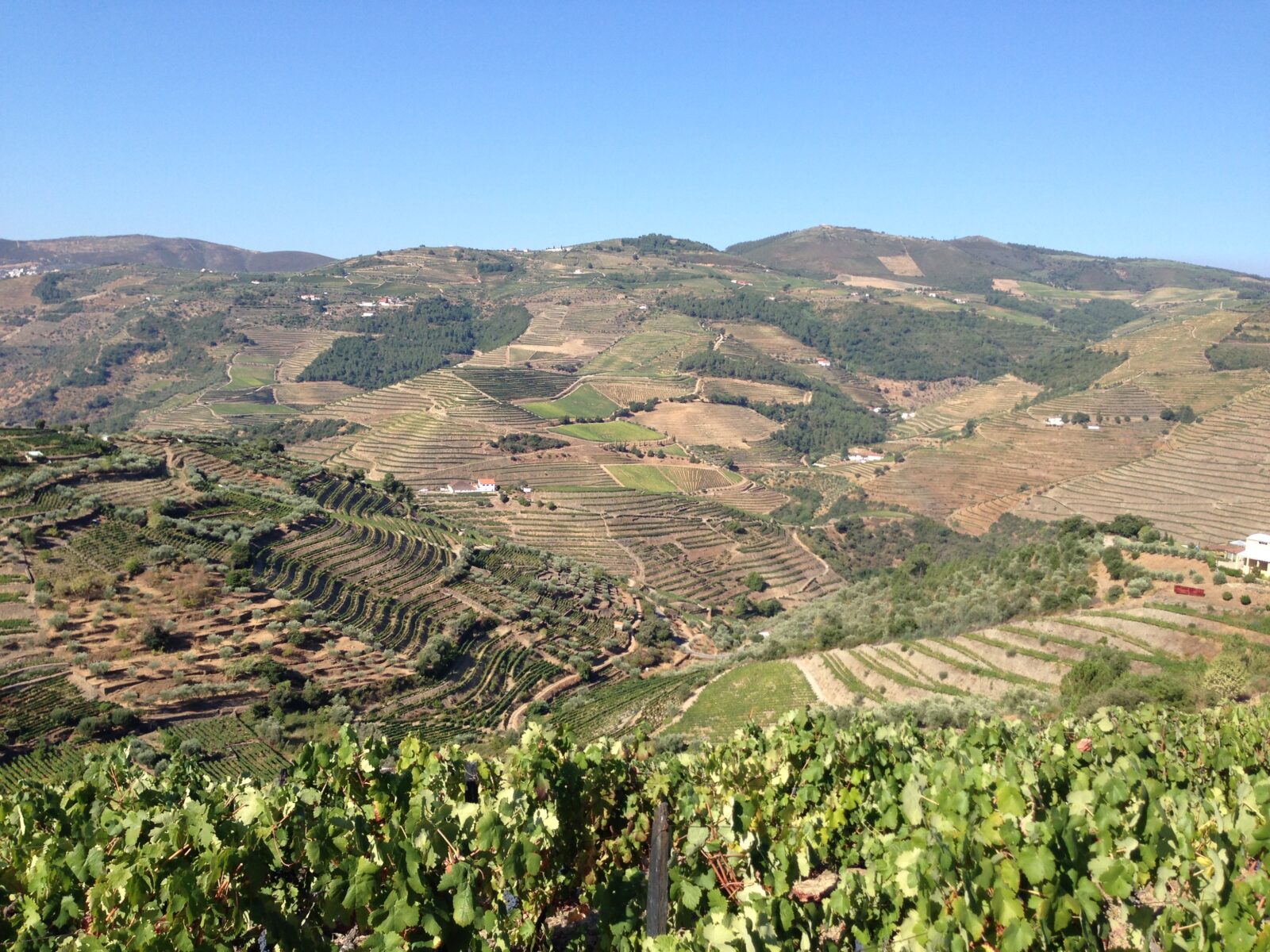
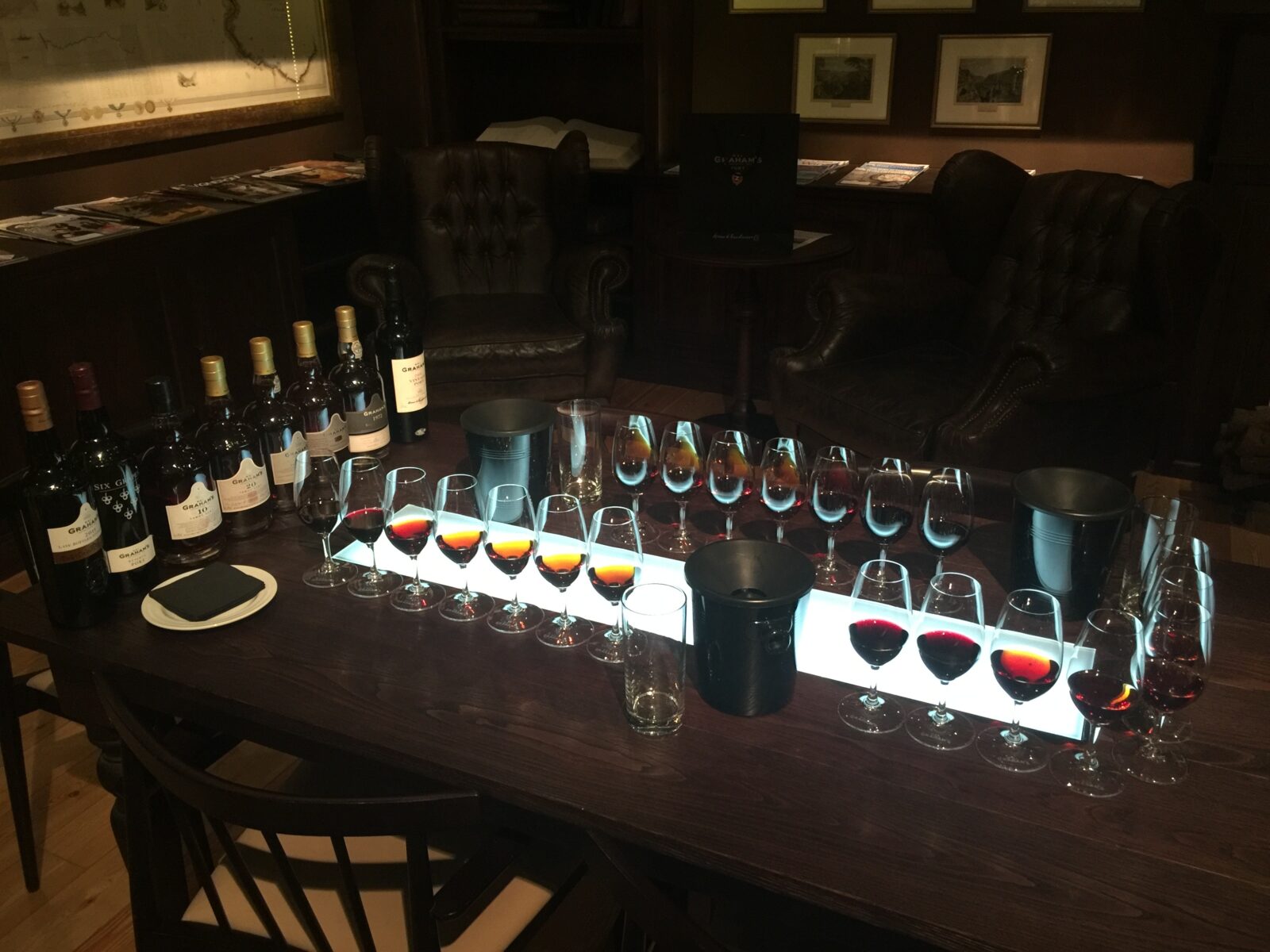
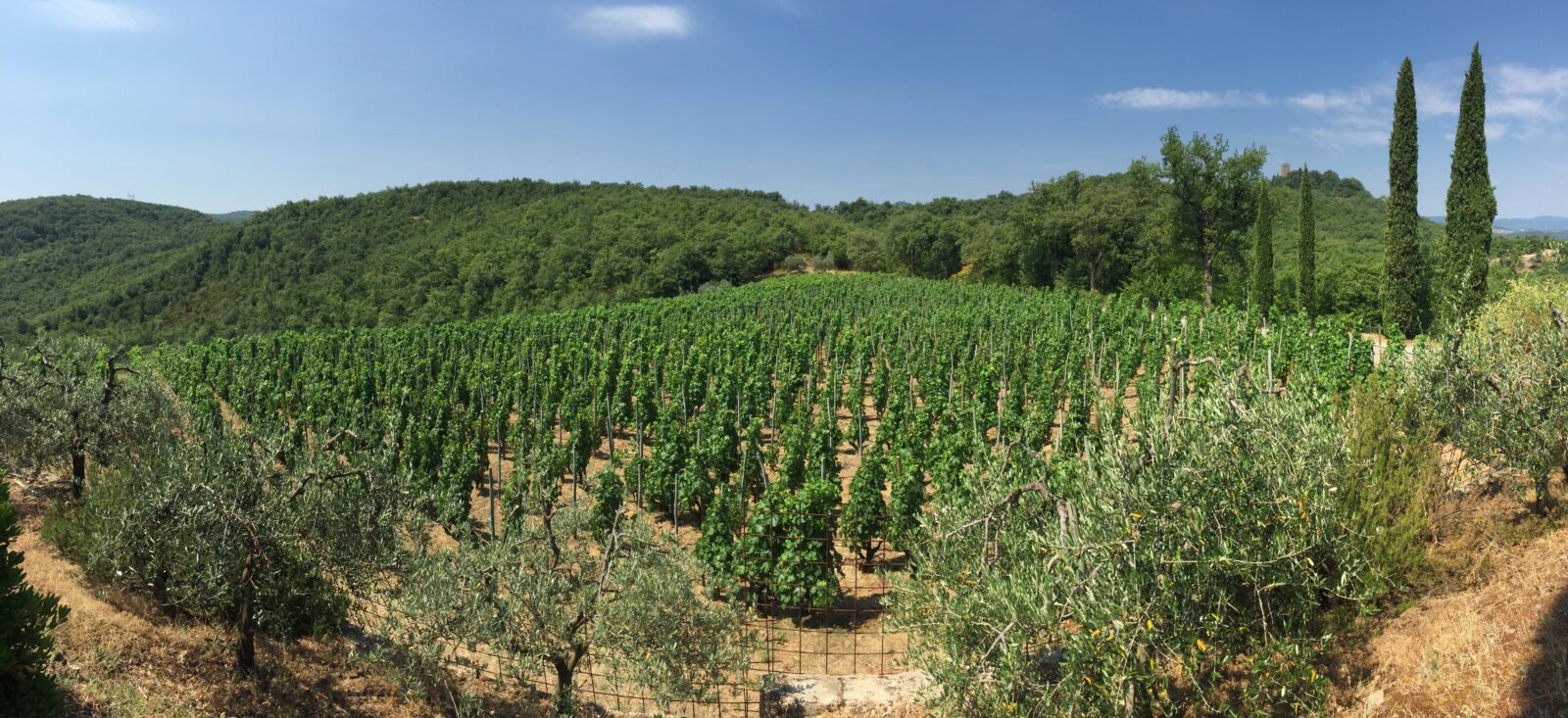
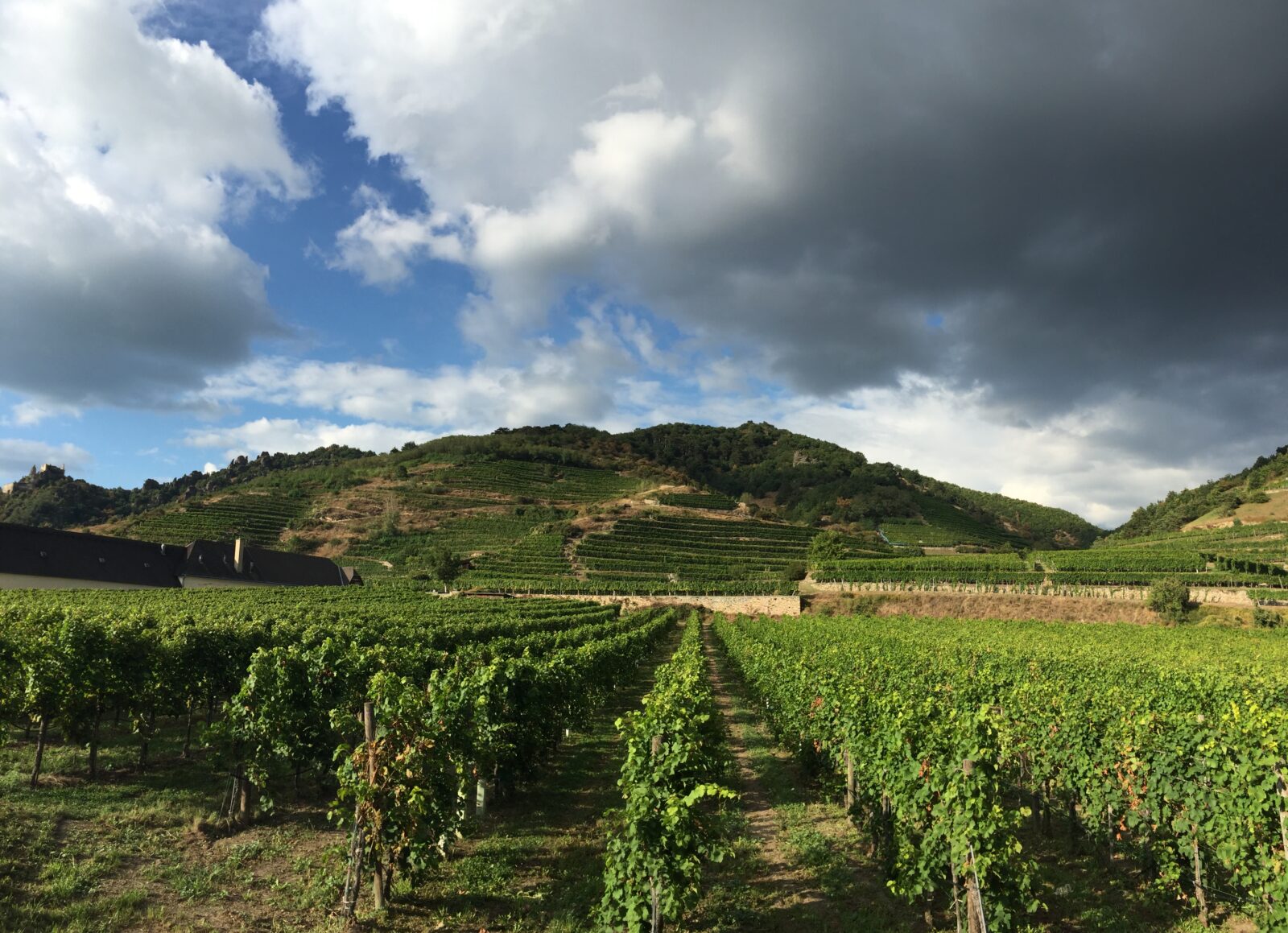
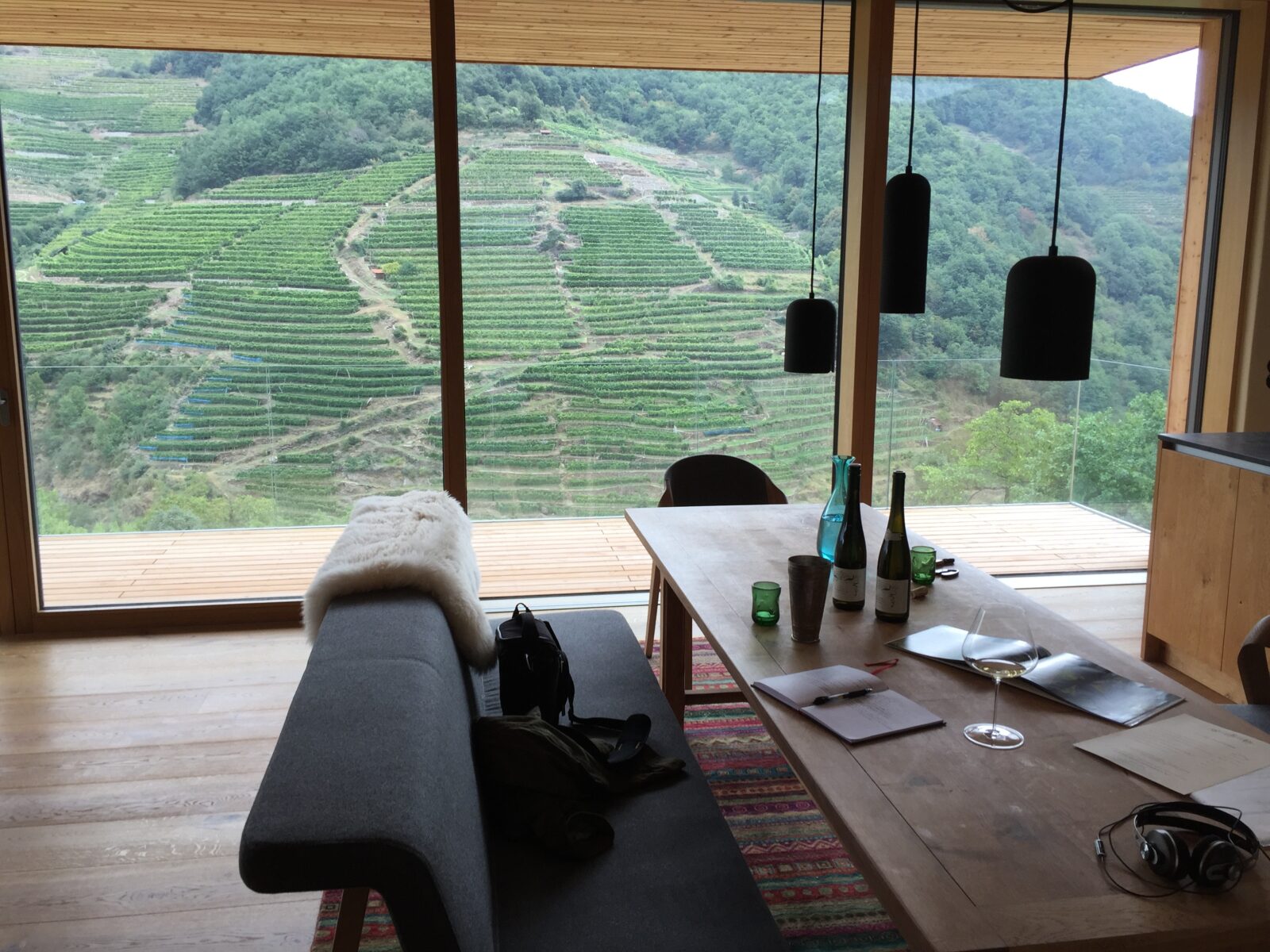
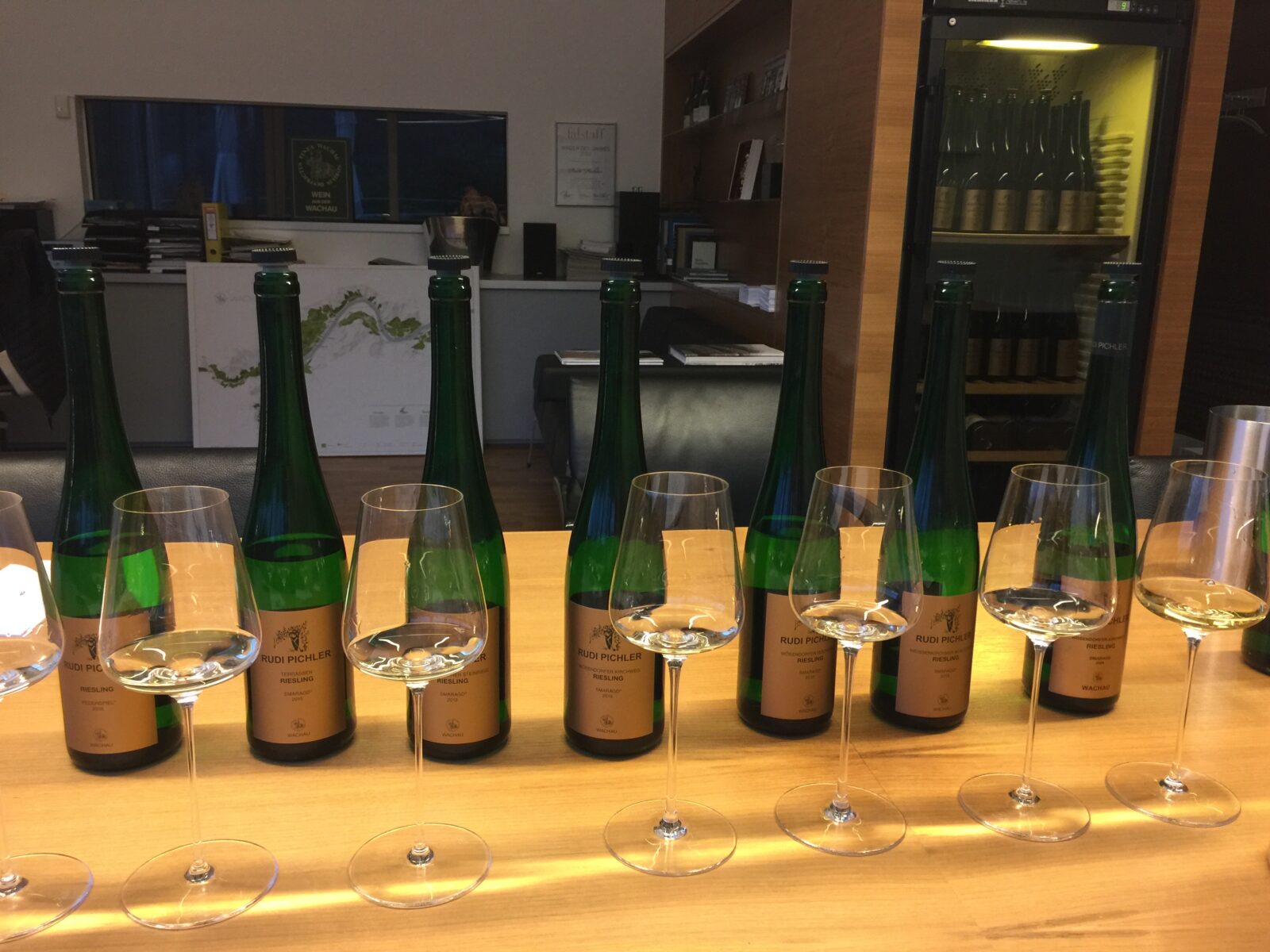
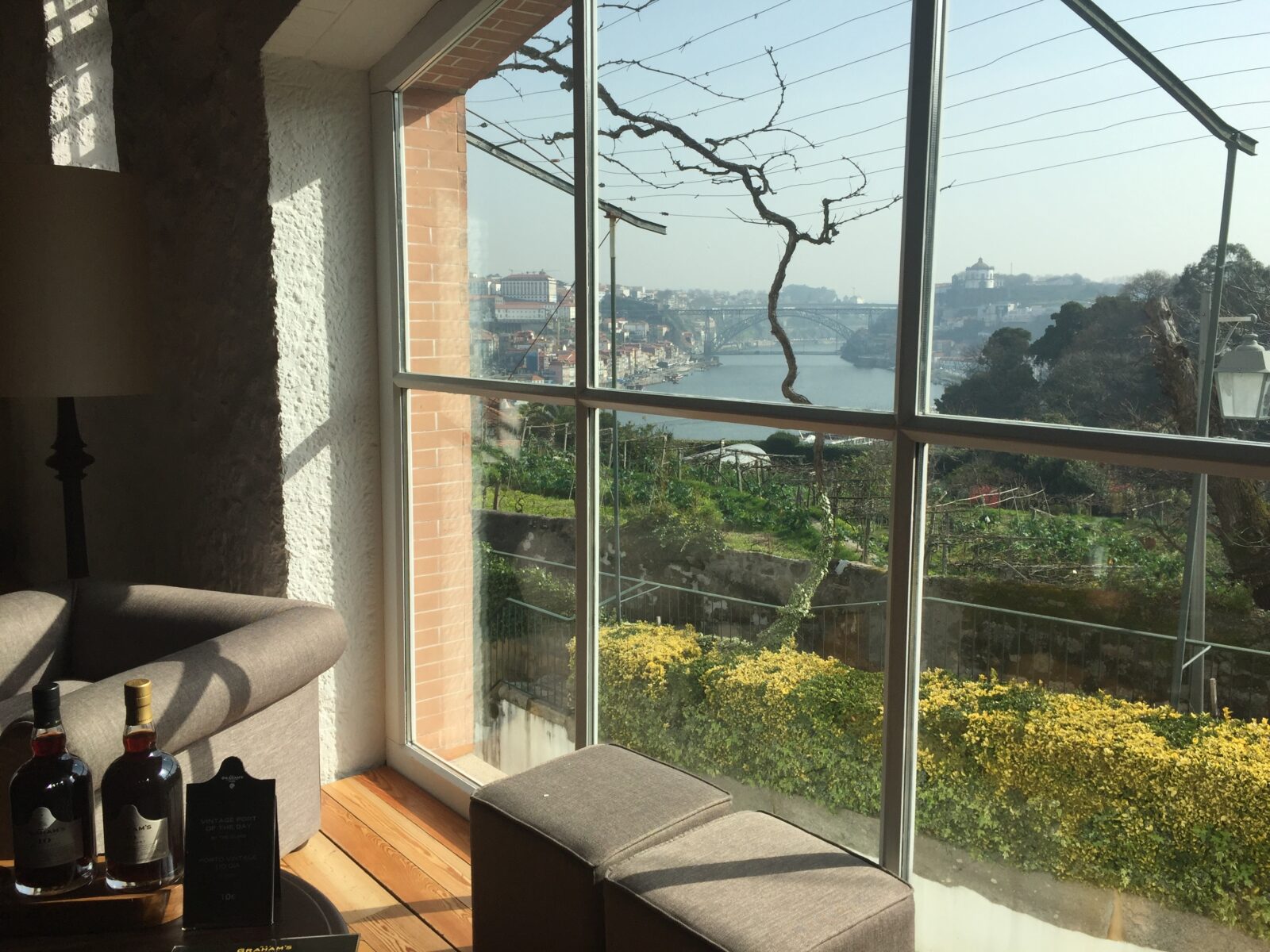
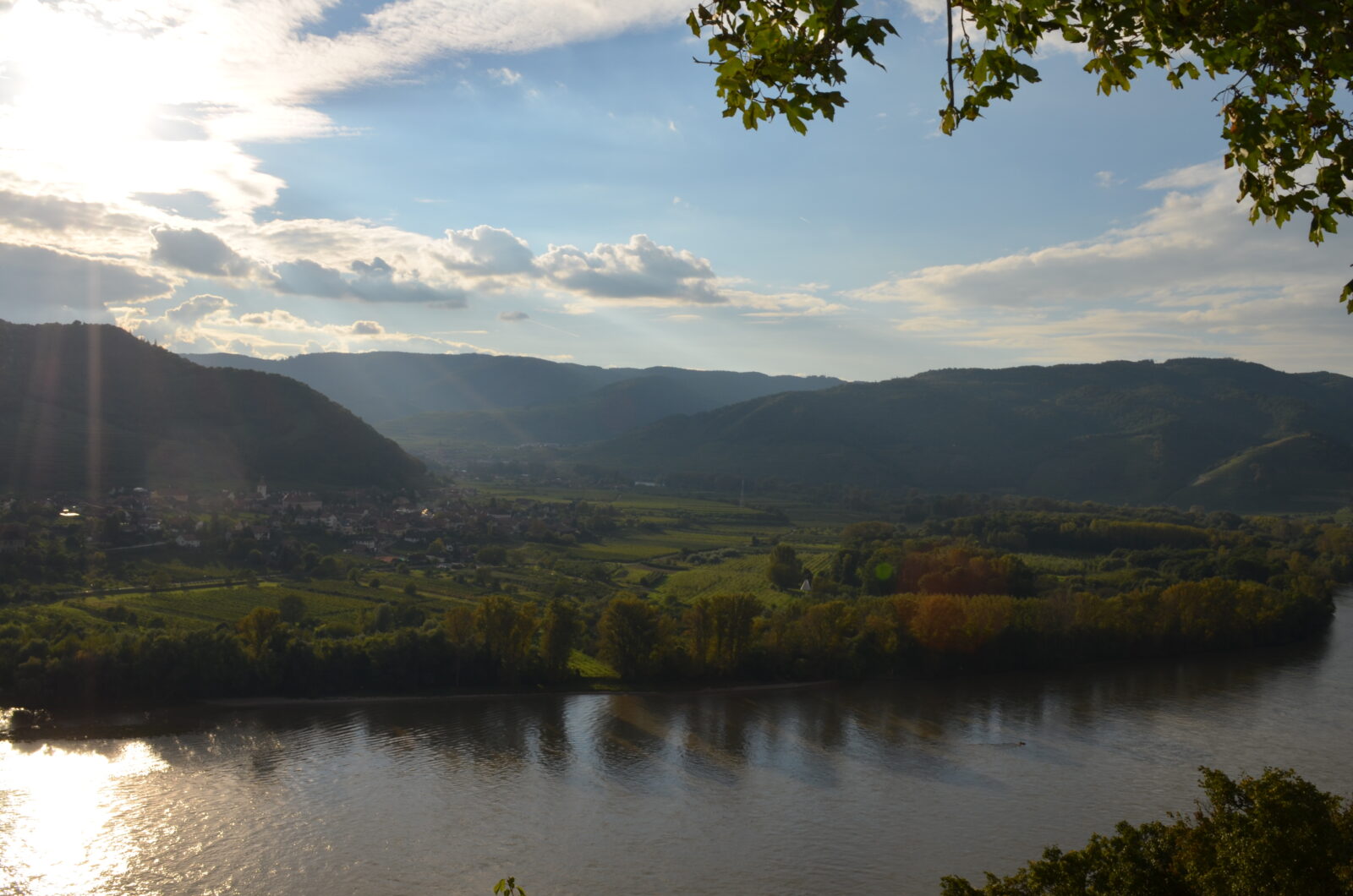
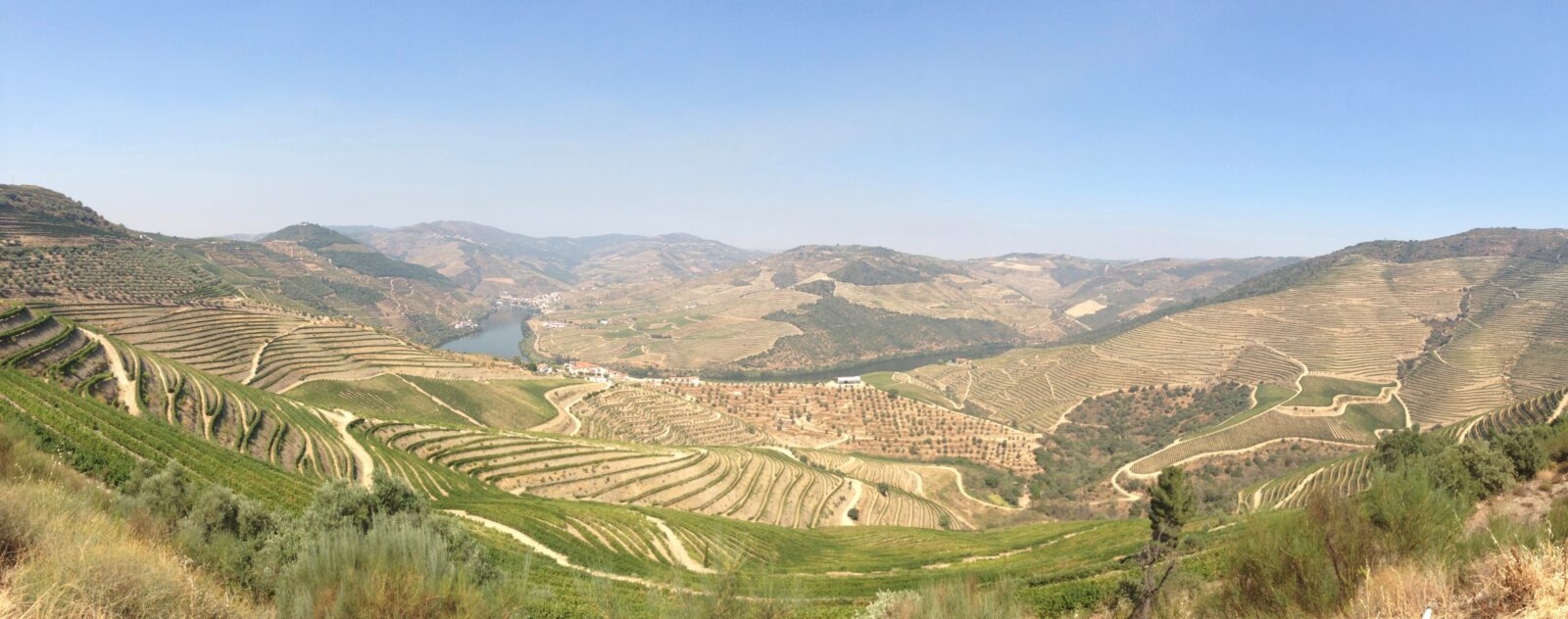

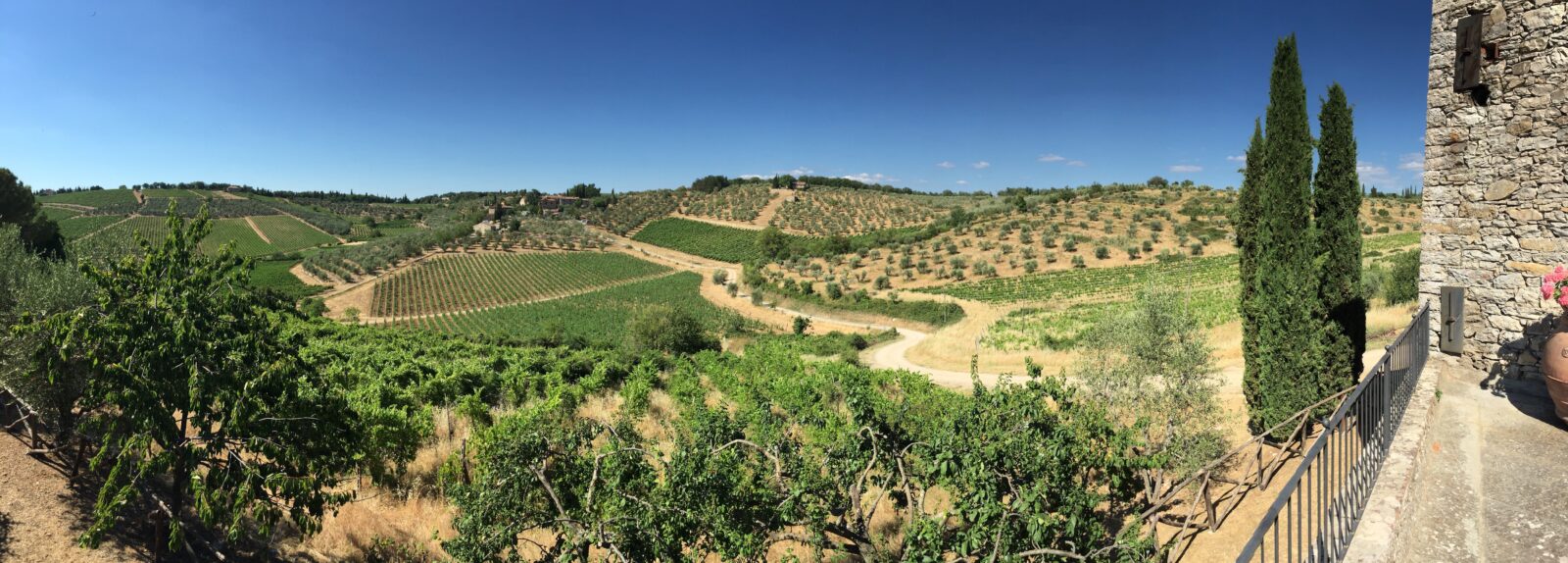
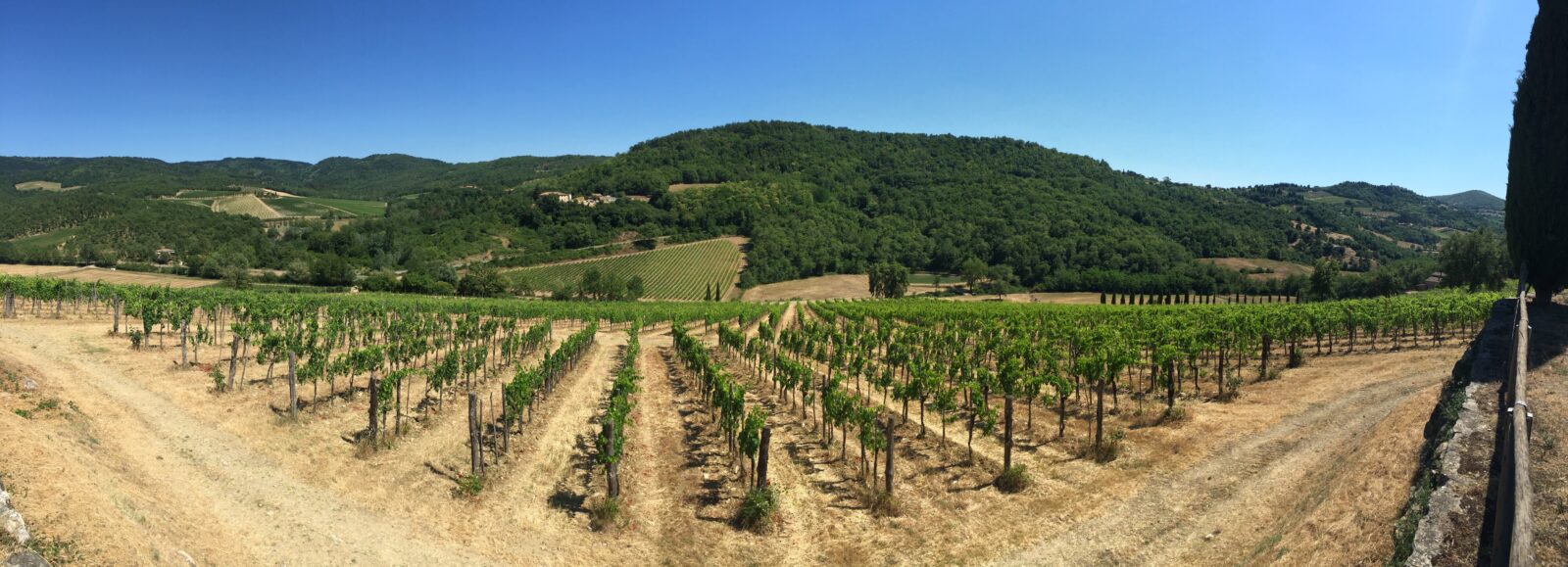
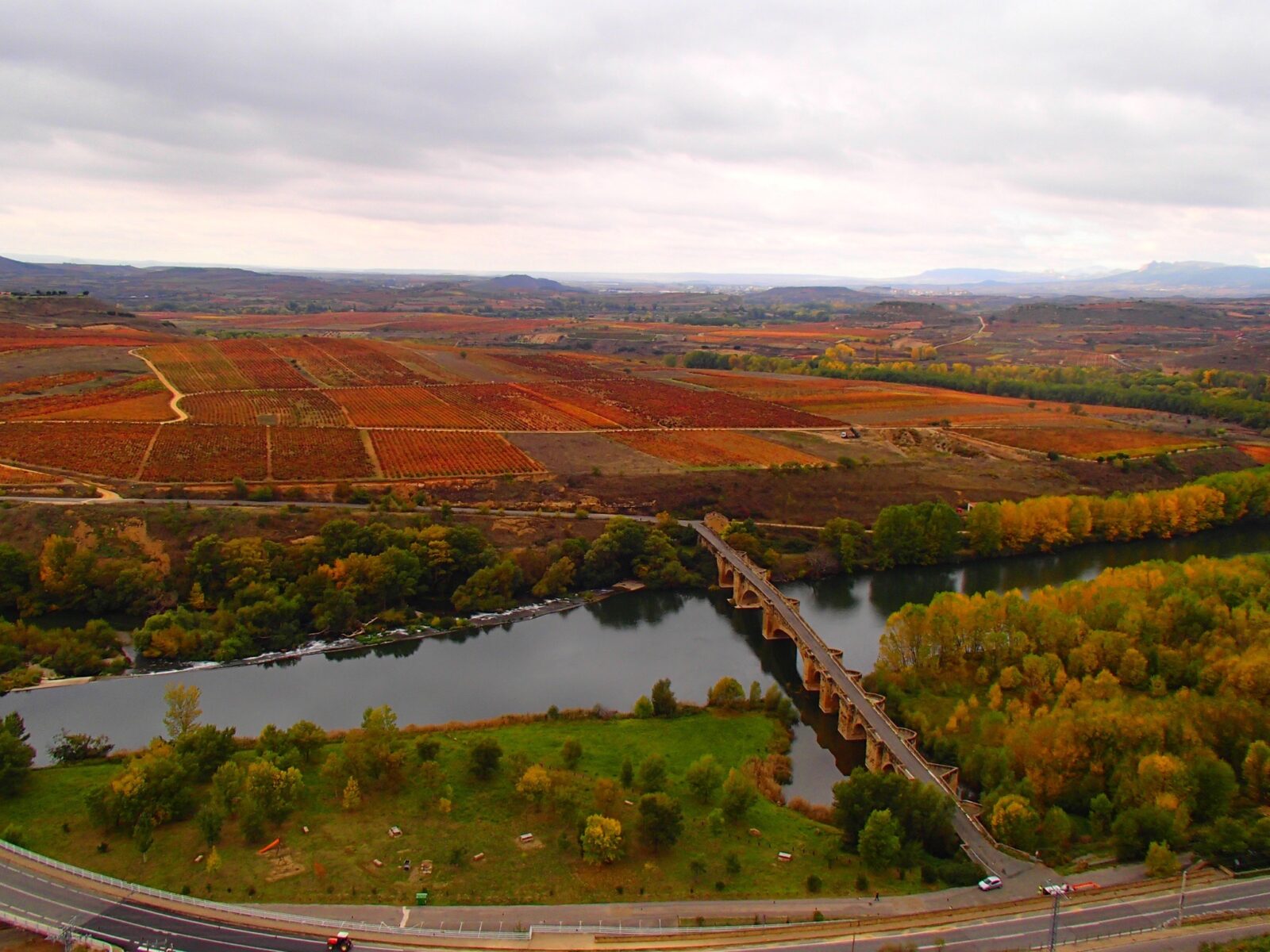
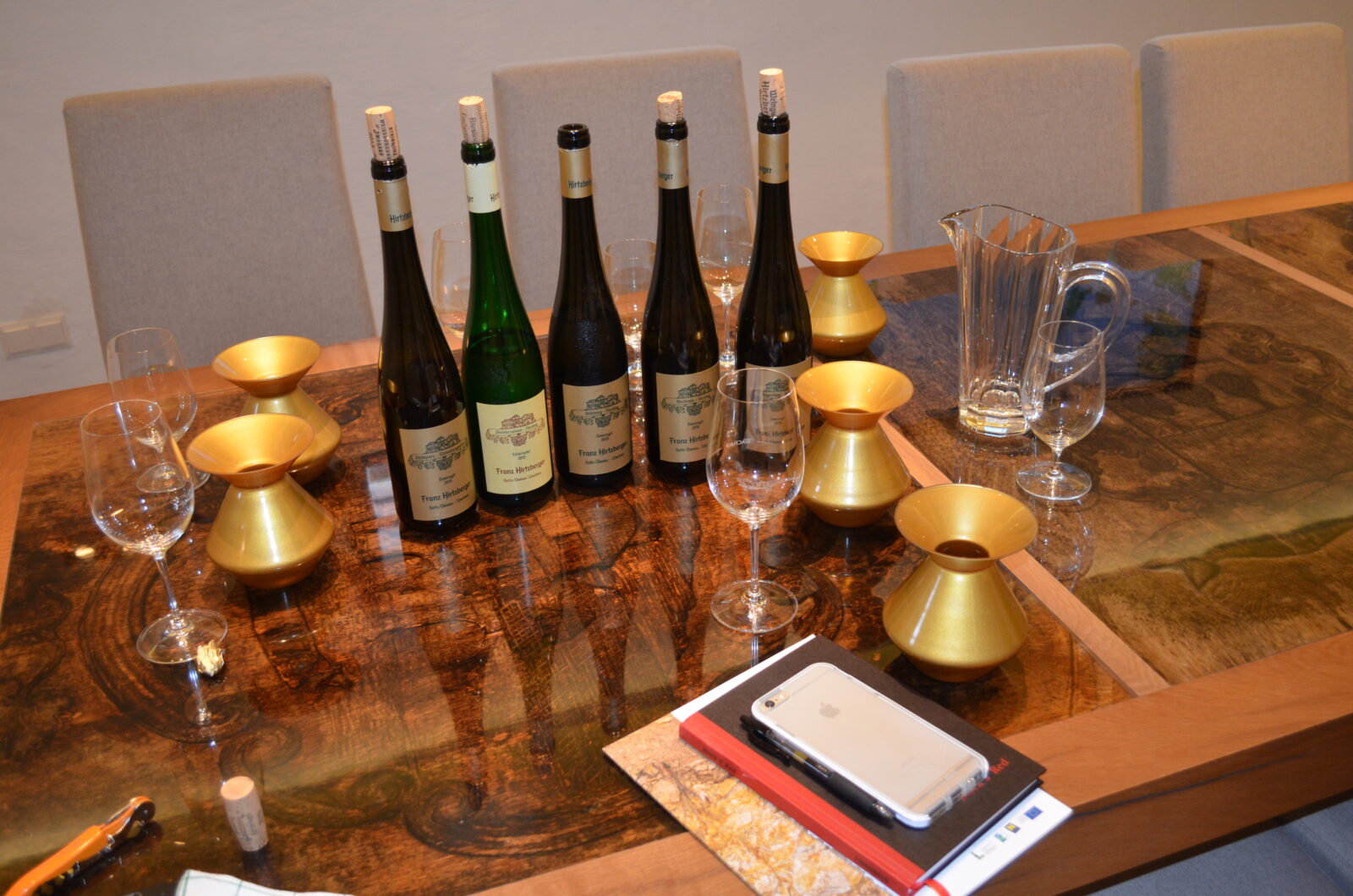
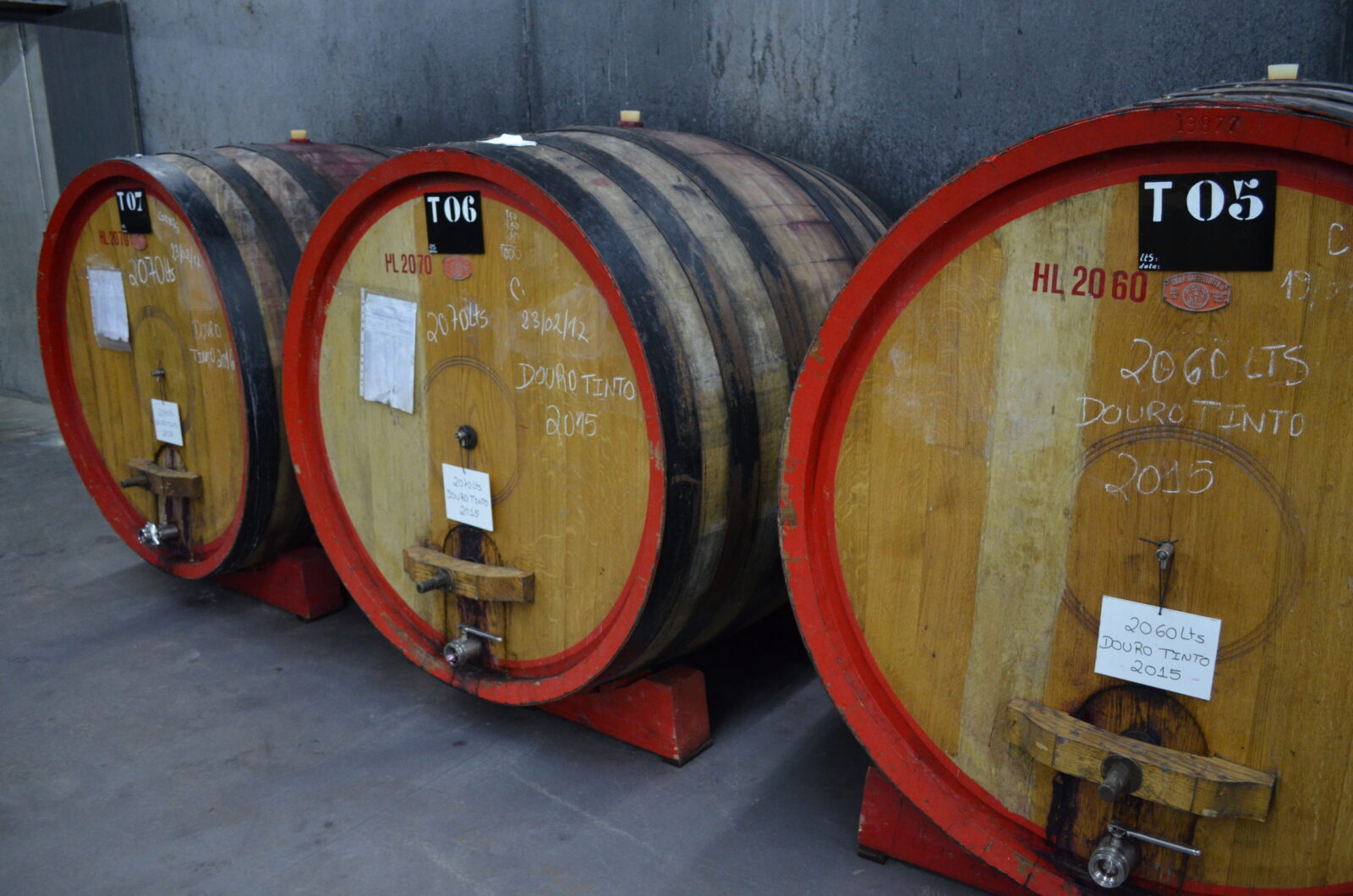
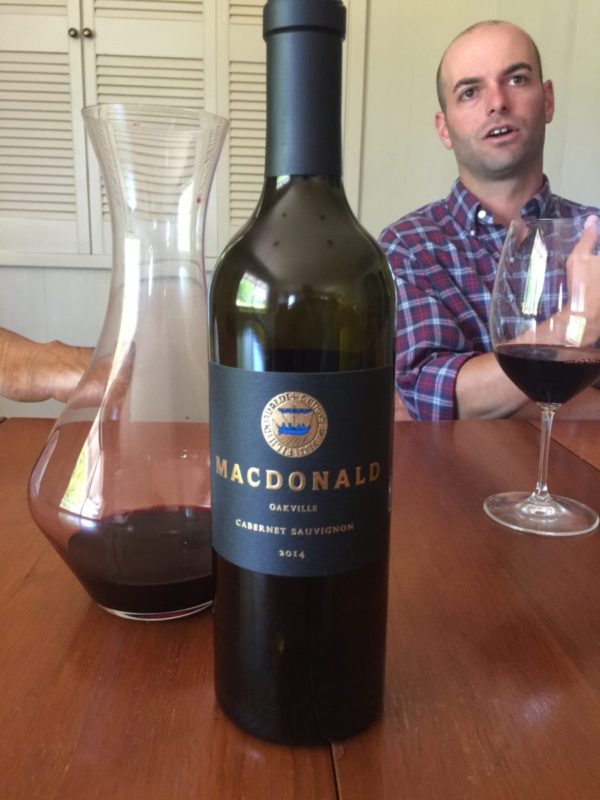

Comments
Leave a Reply